From sourcing materials to production methods, the carbon footprint of a single piece of furniture can be enormous if careful attention isn’t paid along the way. These 6 companies are at the forefront of the movement to hold the design industry accountable to higher environmental standards.
Using natural or recycled materials, eliminating toxic glazes and other harmful components, and moving away from the retail model are just a few of the improvements these brands have undertaken. Their designs are not only beautiful but also durable—so they won’t end up in a landfill anytime soon.
Armadillo
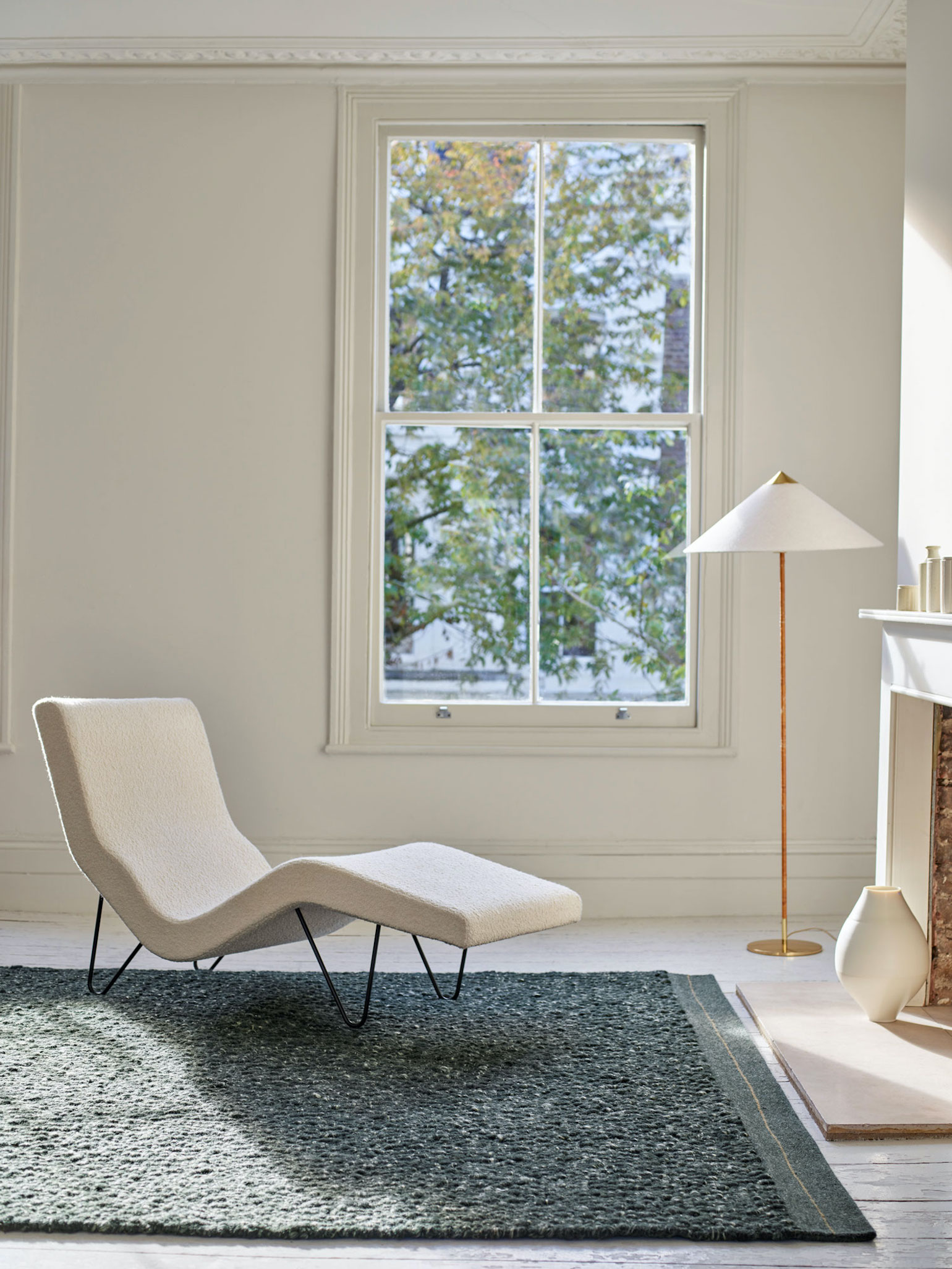
The Australian rug company Armadillo, which describes its extensive offerings as “soulful objects” that evince “slow design, exuding a visual and sensorial calm that belies their robust and lasting nature.” The rugs are hand-crafted by artisans in India, using age-old techniques and natural fibers such as wool, jute and linen. Both the processes and the materials hew to the tenets of sustainability.
Armadillo sends 10% of net proceeds from every product to its own charitable foundation, and the company became a certified B Corp earlier this year. The designation, achieved through a rigorous reporting process, is an international recognition of meeting the highest standards of social and environmental performance, public transparency and legal accountability.
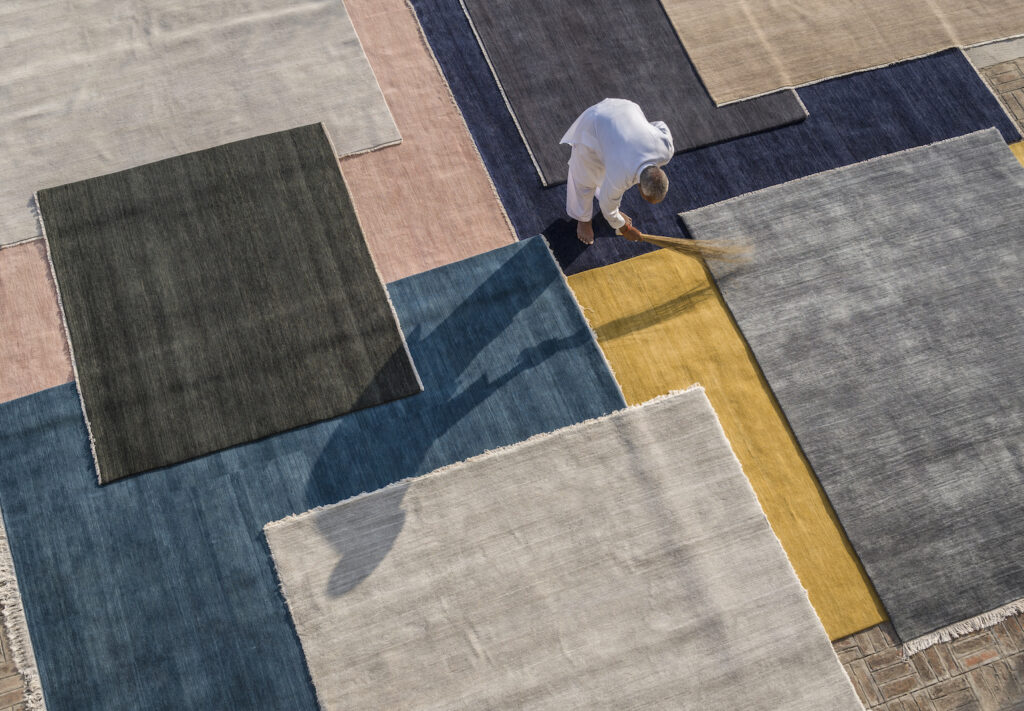
Co-founder Sally Pottharst says, “We are here to make an impact not just in the home but in the wider world we live in—which has so generously sustained us, and on which the quality of life for future generations depends.”
Emeco
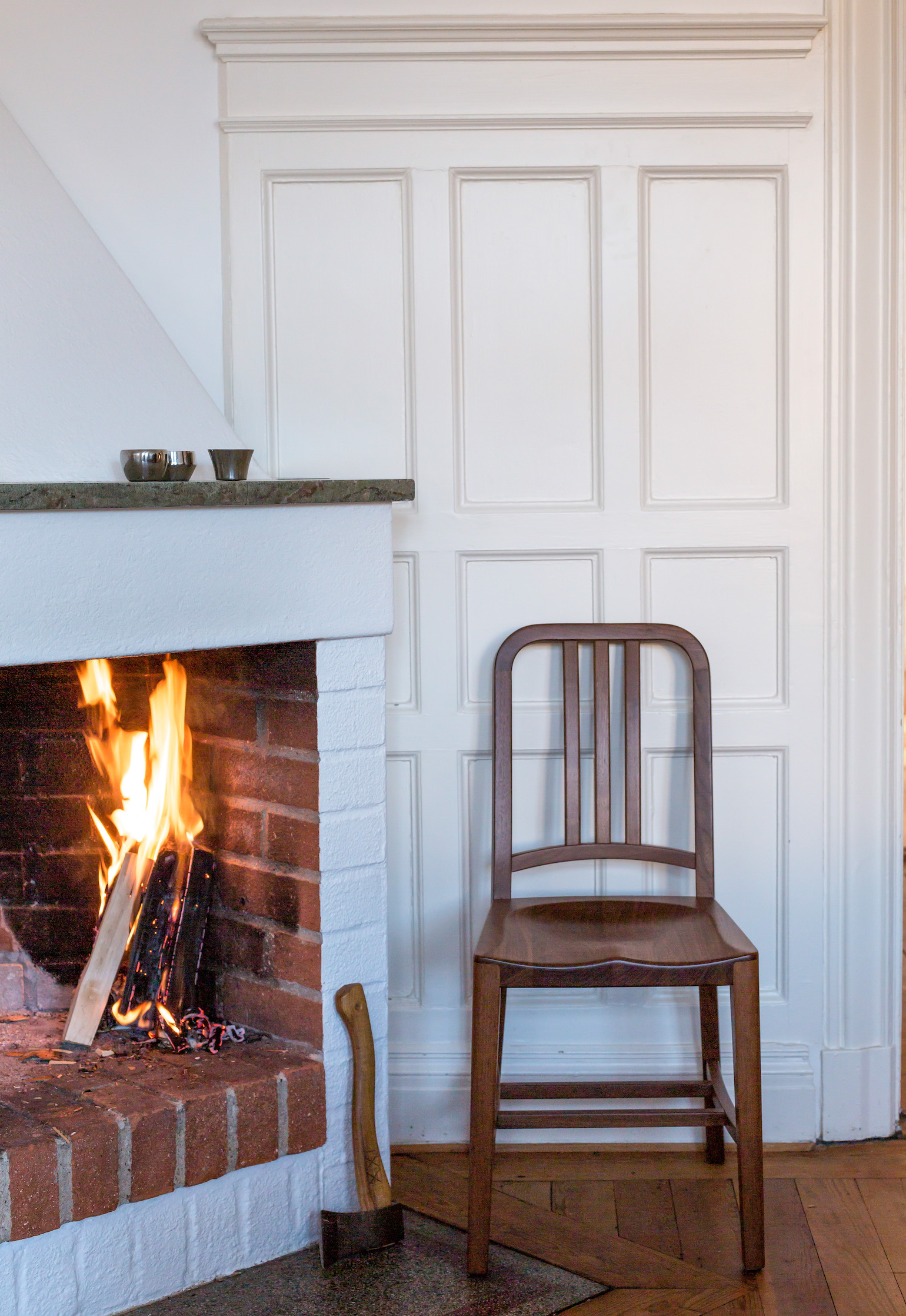
Emeco was founded in 1944, the same year it introduced its now-iconic Navy chair, made from scrap aluminum, for use on submarines. The design has been in continuous production ever since. The durable chairs, which can be endlessly recycled, are now ubiquitous in restaurants and beyond.
The Pennsylvania-based company is a leader in sustainable furniture design that’s handcrafted in the U.S. Reclaimed wood, rPET (recycled plastic bottles) and eco-concrete (made from industrial waste) are just a few of the sustainable materials they use.
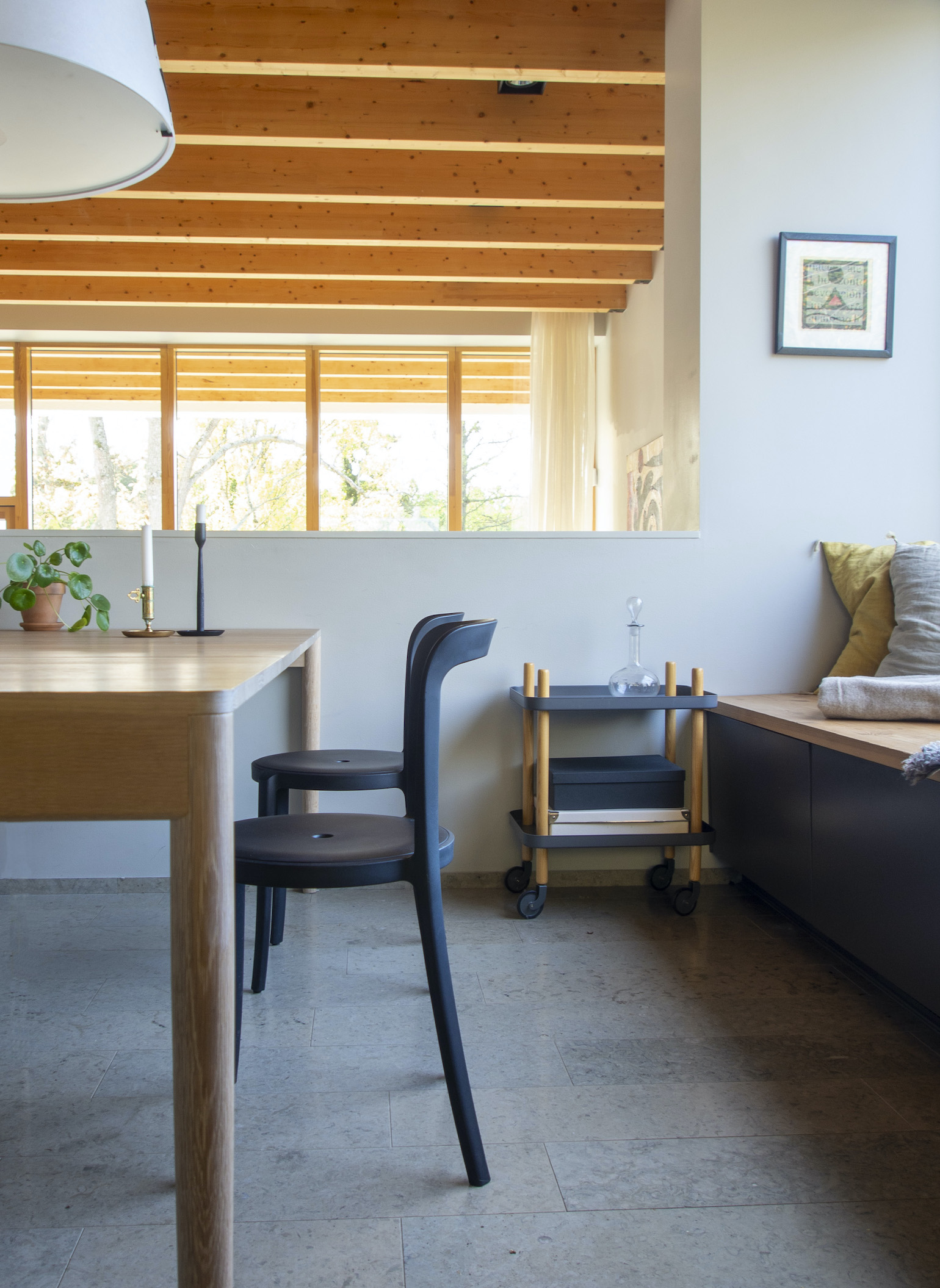
In 2020, Emeco began measuring their carbon footprint using the Doconomy’s 2030 Calculator. In collaboration with Coca-Cola, they have kept over 75 million plastic bottles out of landfills and oceans in the past decade and a half. “We all need to do our best by each other and by our planet,” says CEO Gregg Buchbinder. “At Emeco, we’ve been ‘making more with less’ for 77 years.”
Heath Ceramics
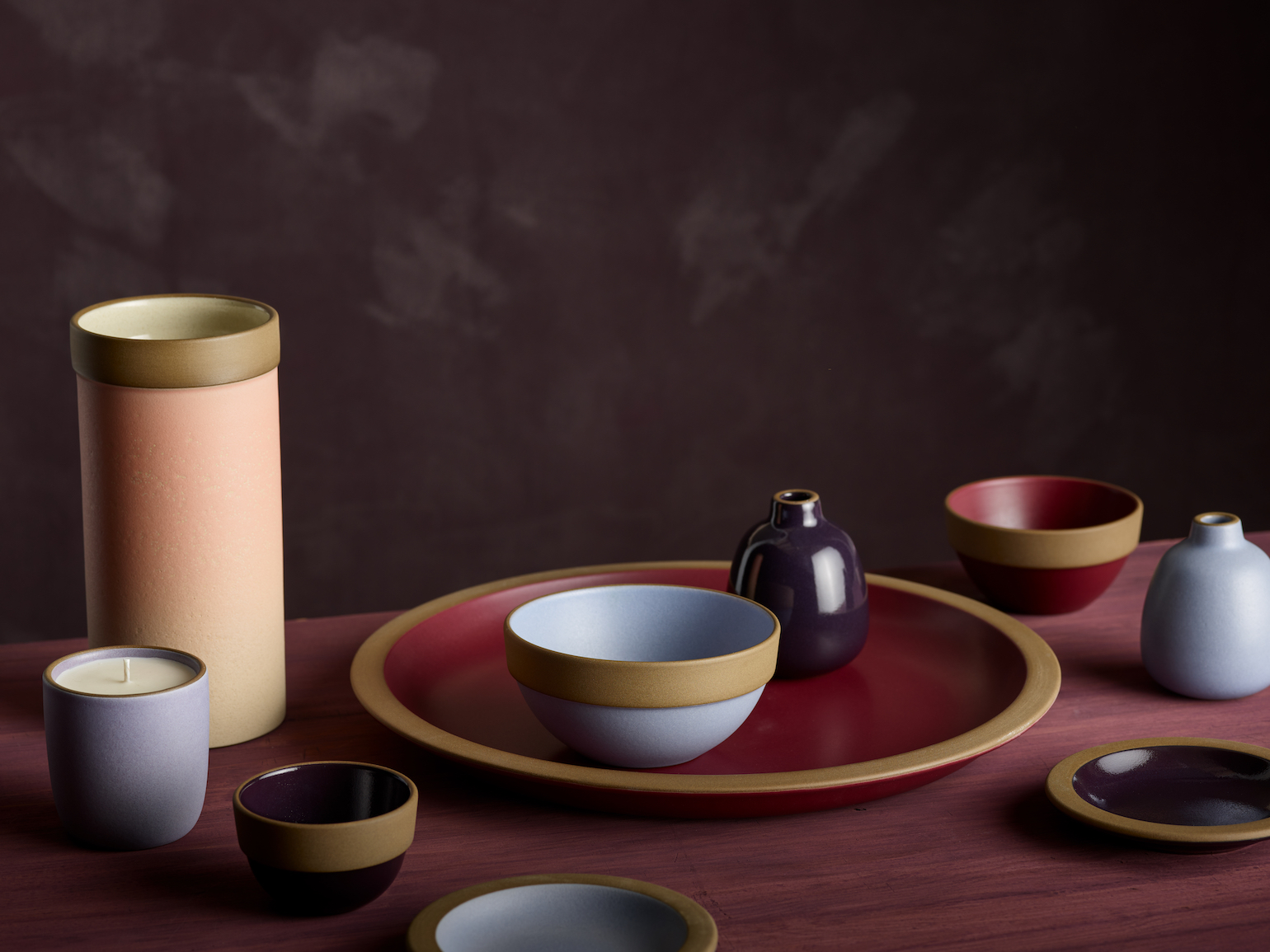
Heath Ceramics has held environmental responsibility as a core value since its founding in California in 1948, when founder Edith Heath developed single-fire clay—an energy-efficient innovation that still leads the industry. Though the company is best known for its ceramic tiles and kitchenware, its prodigious offerings also include furniture, decor and accessories.
Heath’s sustainable practices have expanded in the last 75 years. The company recently completed its California Green Business Certification for its San Francisco factory, showroom and shipping facility, where the environmental initiatives include greywater systems and clay recycling. The goal is zero-waste production.
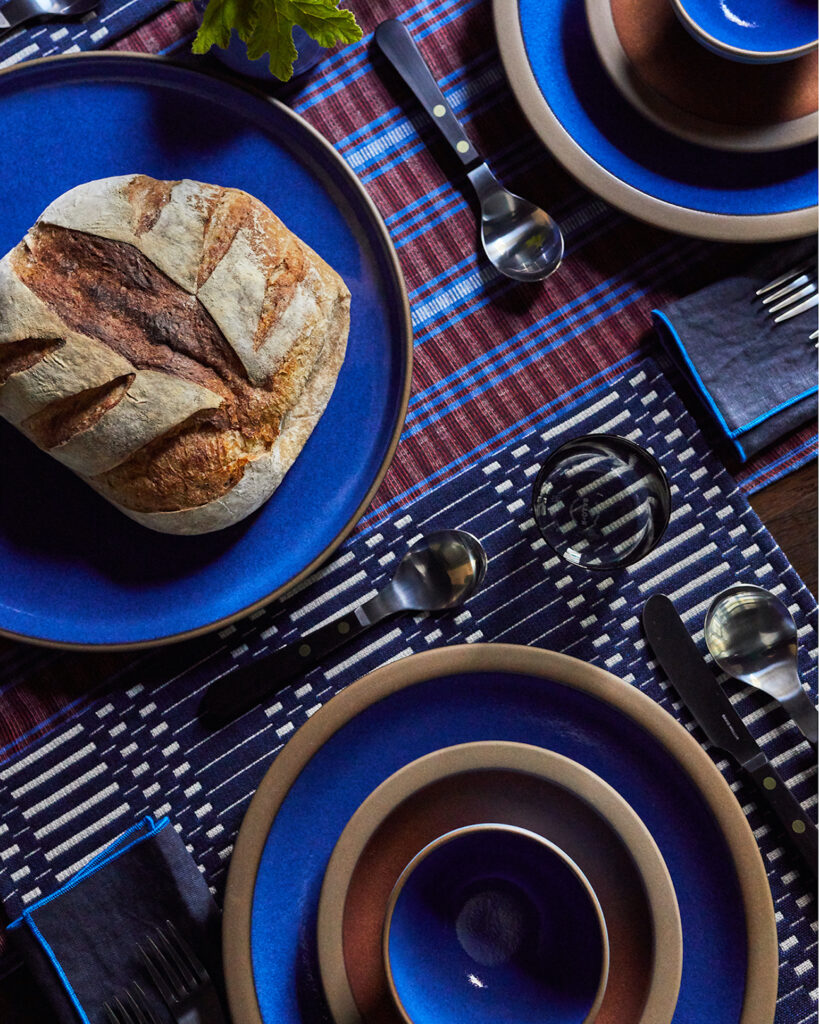
“All of Heath’s waste is cleverly and responsibly worked back into our products and process,” says co-founder and brand director Catherine Bailey. “From grinding up our ceramics to reprocessing our paper and cardboard waste for reuse in our logistics processes, we do everything we can to take responsibility for our footprint.”
Fireclay Tile
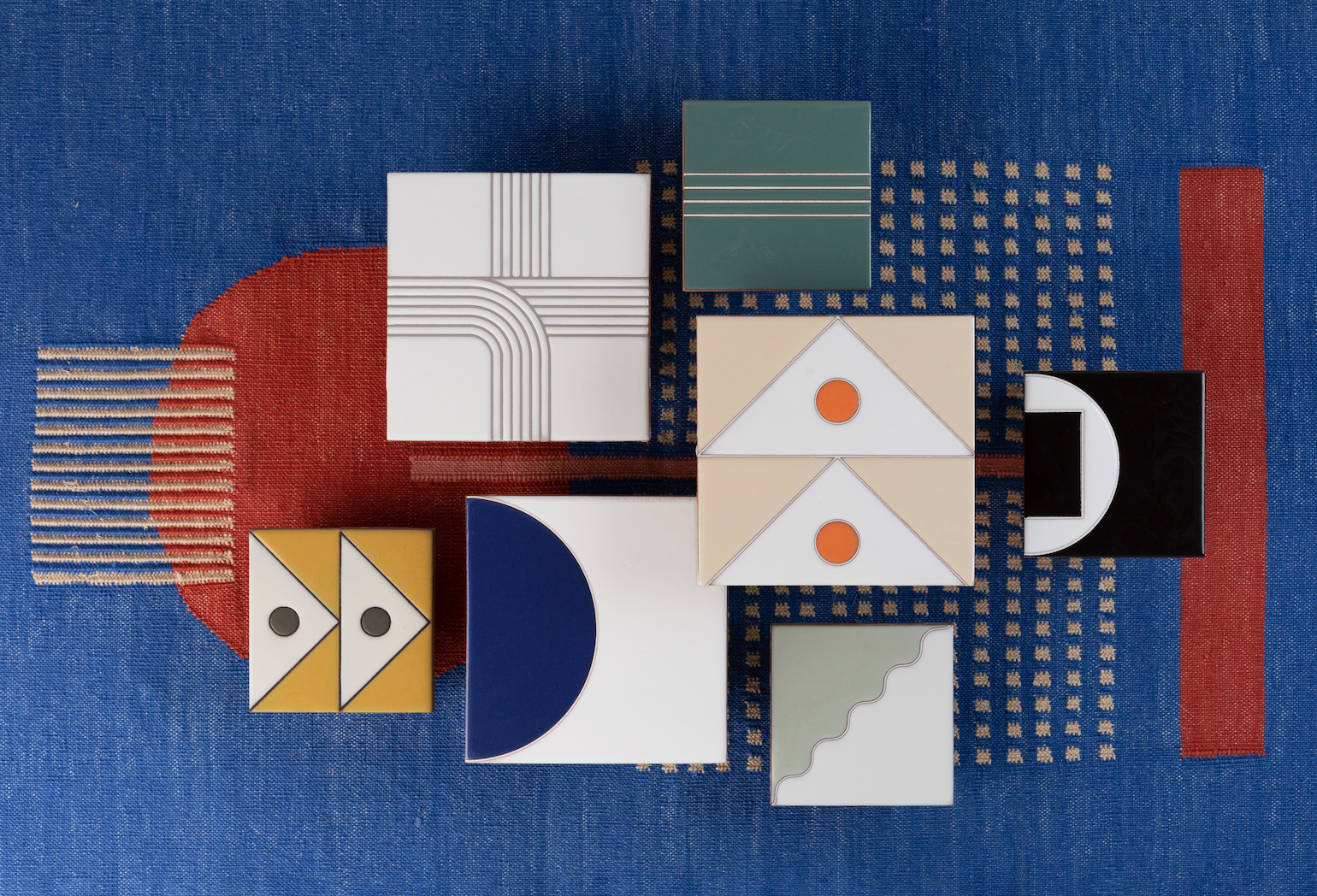
Fireclay Tile, whose products are beloved by interiors designers worldwide, was among the first companies to become a certified B Corp and receive a Climate Neutral certification. The company, which is based in San Francisco, was one of the first tile brands to remove lead from their glazes, and to incorporate recycled materials.
“It’s always both inspired and challenged us to take the beautiful, artisan craft we produce and ensure we are making the product with the least impact possible,” says CEO Eric Edelson. “Initially our vision for sustainability was focused on product, but now it is on overall impact, including water use and reclamation, 100% renewable electricity, offsetting 100% of our Scope 1, 2 and 3 carbon emissions, and efficiency throughout our entire operation,” says Edelson.
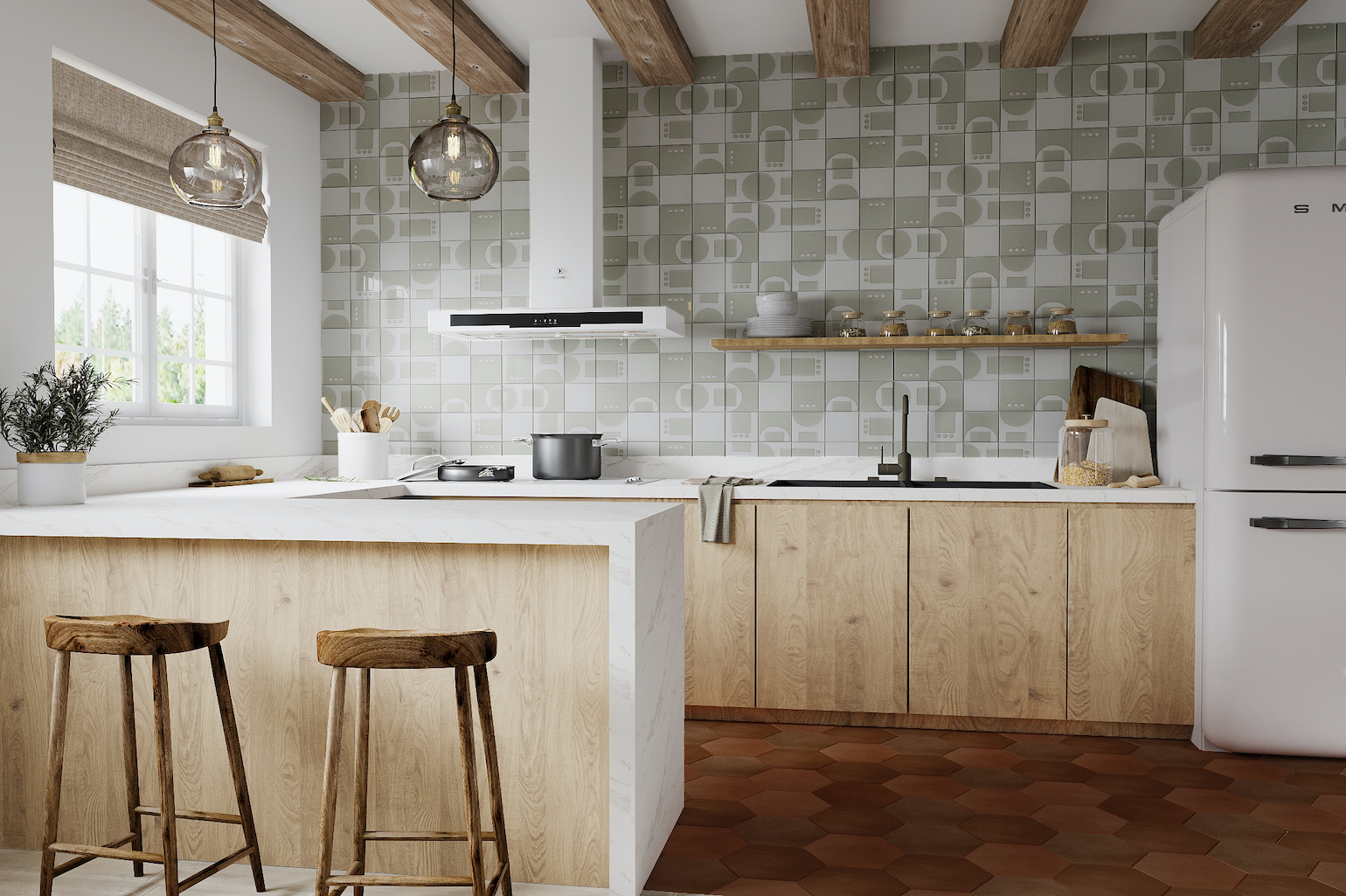
Earlier this month, Fireclay released a new, richly colorful hand-painted tile collection in collaboration with Block Shop Textiles, another California company that’s known for sustainable production.
Unison Home
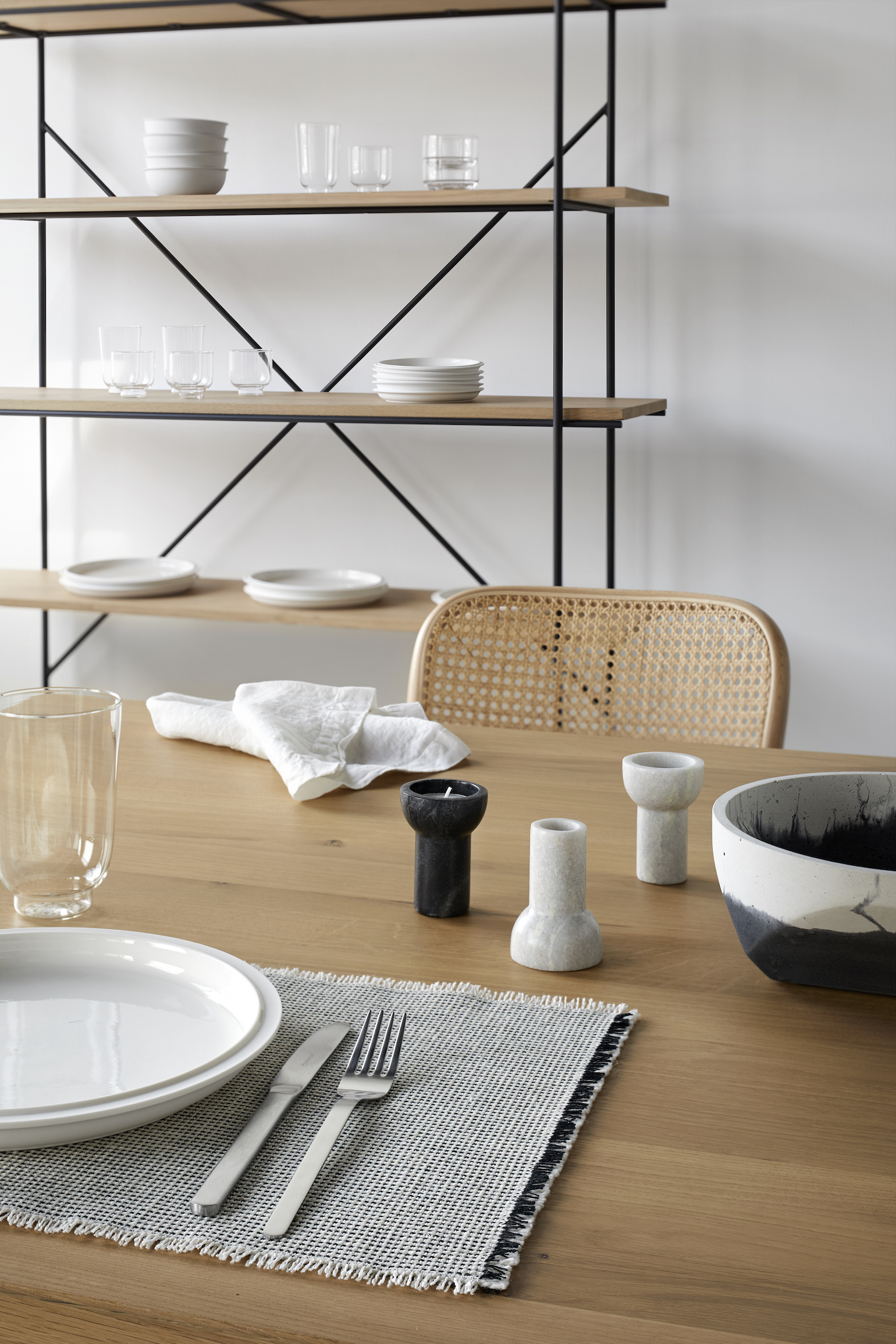
The clean, modern aesthetic of Unison Home’s products was inspired by Scandinavian design. The Chicago-based company was founded by Alicia and Robert Segal (Robert is the son of Carole and Gordon Segal, the founders of Crate & Barrel).
The company initially started out making bedding, but quickly expanded to furniture and housewares. They’ve partnered on limited-edition design objects with local artists, such as Chad Kouri, Stephen Eichhorn, and Andrew R. Wright, and often turned to local, family-owned businesses for production.
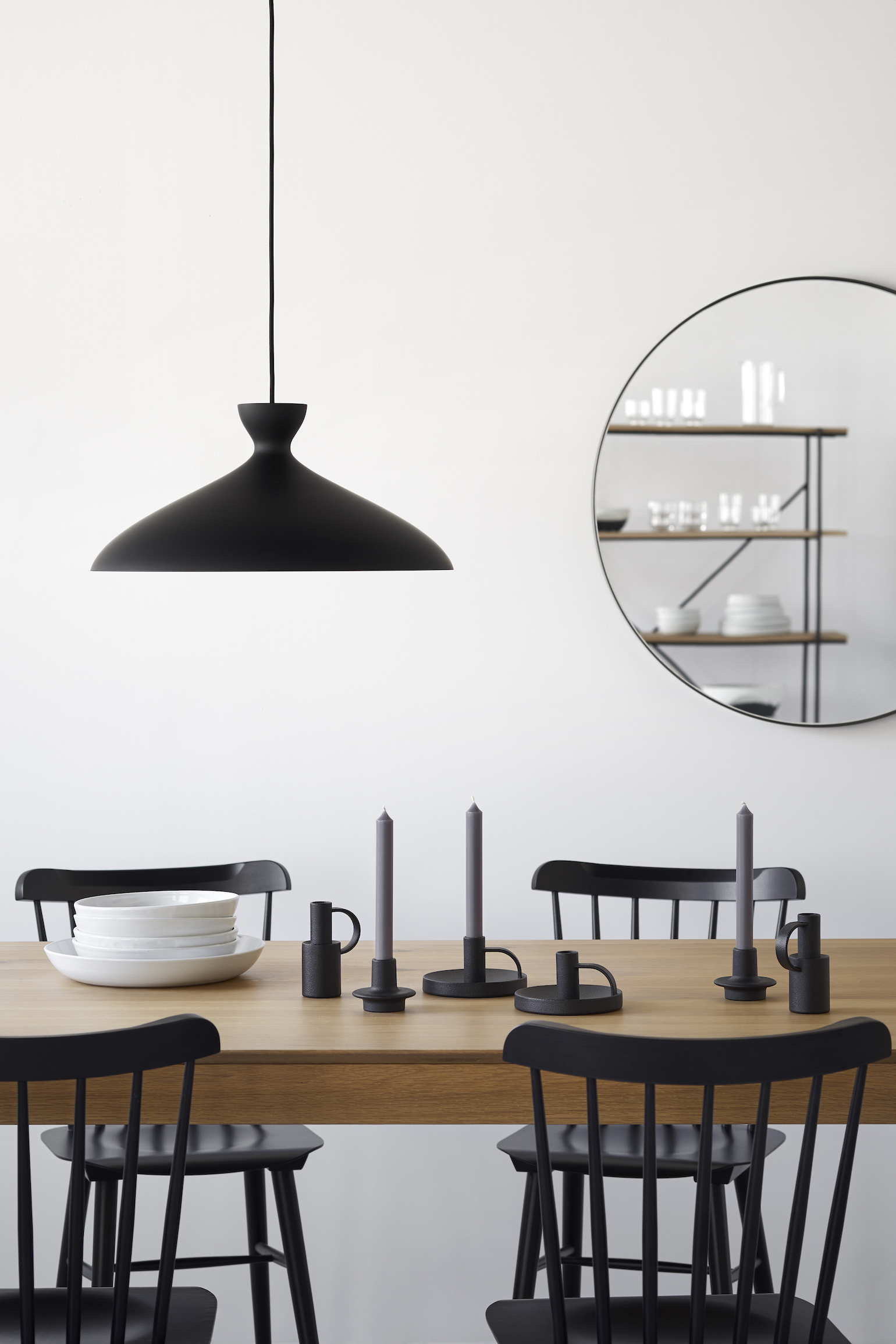
Prioritizing natural materials, the company works with organizations such as the Forest Stewardship Council and Oeko-Tex to certify that their materials are sustainable. They have long-term relationships with their manufacturers.
Robert said in an interview in 2019, “We believe versatility and quality are what people are looking for. We strive to create and offer product that is warm and approachable through honest materials, quality craftsmanship, and a neutral color palette—all of this to fit harmoniously into each individual’s home.”
Outer
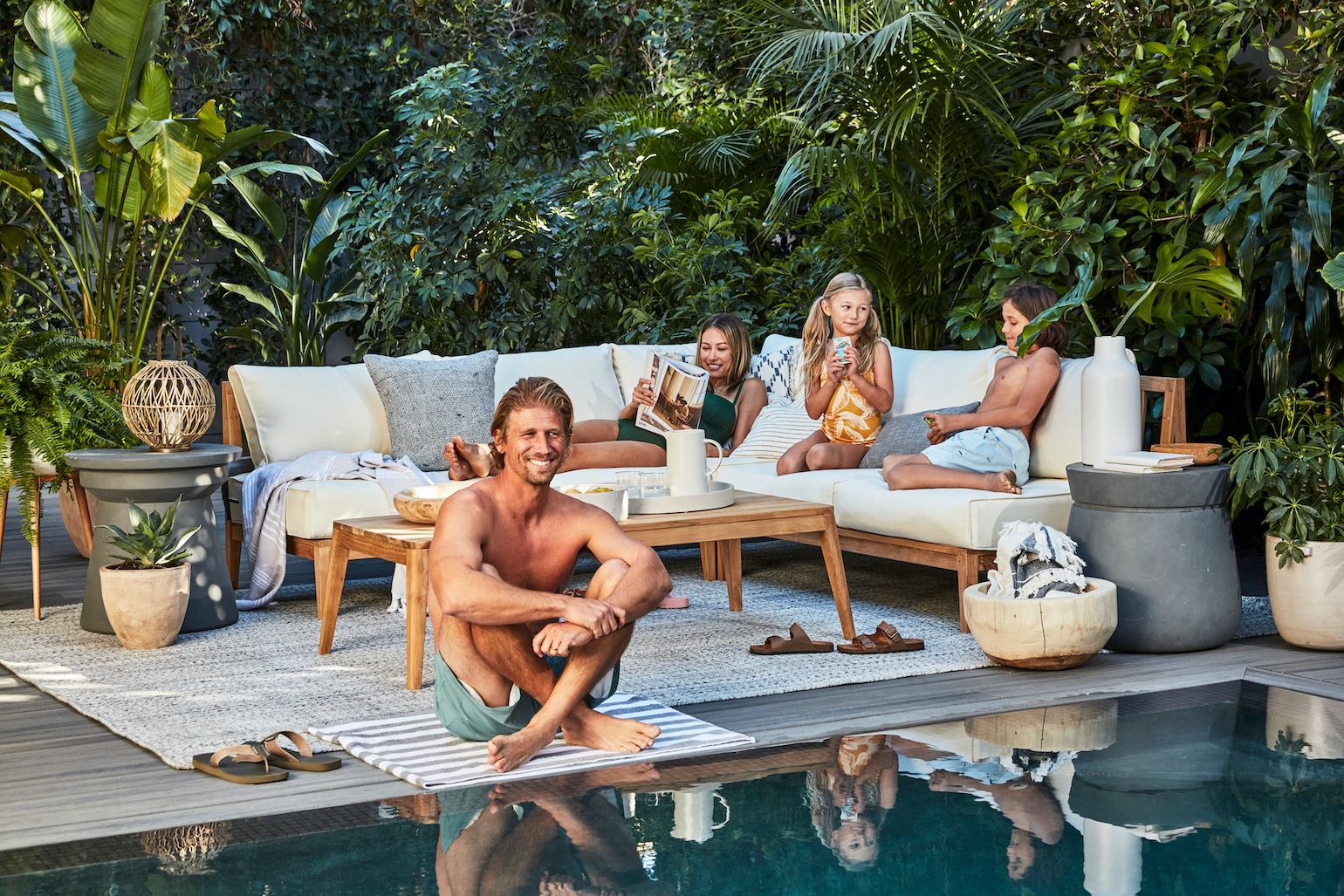
Outer was founded with the goal of creating “the world’s most comfortable, durable, innovative, and sustainable outdoor furniture.” The company’s offerings include outdoor sofas, tables and chairs, in wicker, teak and aluminum. Their products are made of eco-friendly materials, such as ocean plastic and responsibly harvested teak.
“More than one million plastic bottles diverted from landfills and waterways have been used to create our sofas and rugs,” says Terry Lin, co-founder and chief design officer.
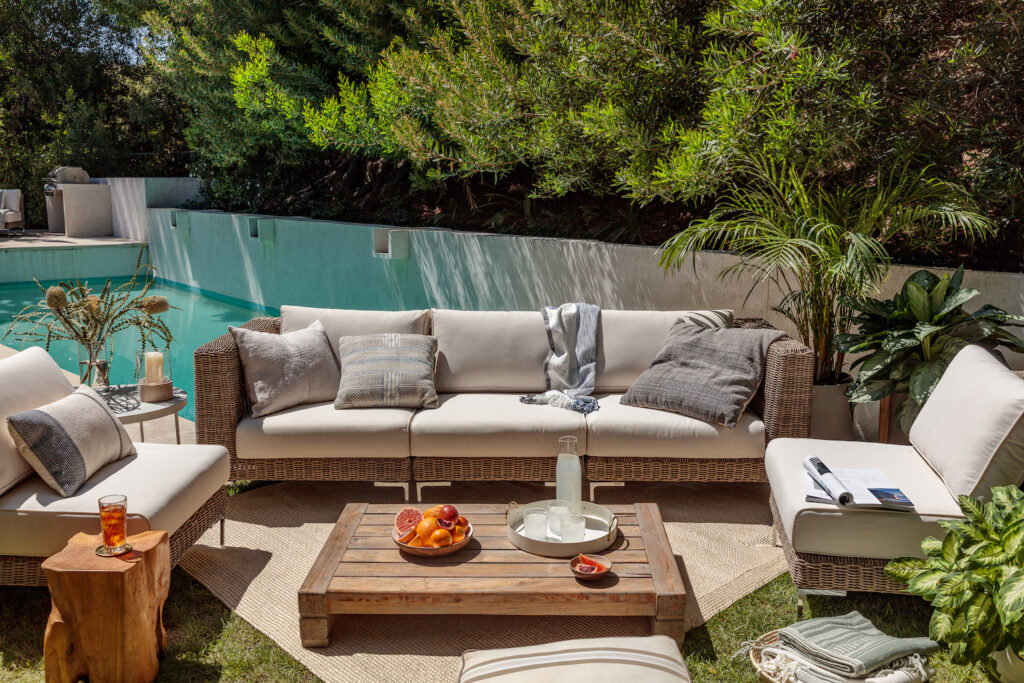
The California-based company is also disrupting the traditional retail model; its products are sold directly to customers through its website. For customers who want to try before they buy, Outer created its “Neighborhood Showroom” program, which allows people to try the furniture at the homes of real customers. “This way, there’s no need for costly and energy inefficient distributors and retailers,” says Lin. “This model does not require that we create samples for showrooms, and keep additional spaces lit, heated and cooled.”
This article originally appeared on spacesmag.com.
How to Help:
For design lovers who want to give back, consider attending the San Francisco Decorator Showcase, virtually. Since 1977, the showcase has raised over $17 million to benefit the San Francisco University High School financial aid program. This event continues to allow hundreds of deserving Bay Area students access to a world-class college preparatory education.
More from Better:
- Make It Better Foundation Celebrates the 2021 Chicago Philanthropy Award Winners
- 3 Experts Share Their Tips for Designing the Perfect Second Home
- Northwestern Settlement President and CEO Carole Wood Talks Philanthropy, Women in Leadership, and the Growing Impact of Giving Tuesday

Stephanie Fallon writes about art, visual culture, design, motherhood, work, and sometimes wine. She has spent the last five years working in art museum education where she specialized in interpretation and public programming. When she’s not glued to her laptop she is either chasing her toddler or creating digital drawings of scenes she remembers from chasing her toddler.
